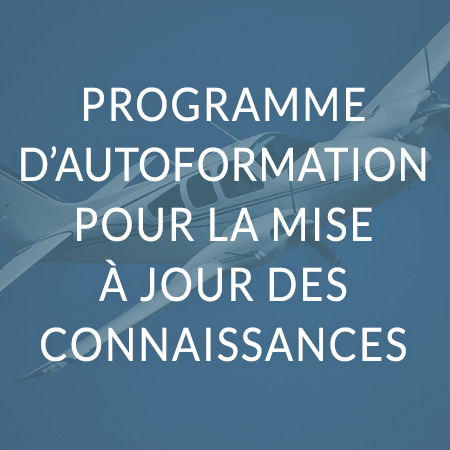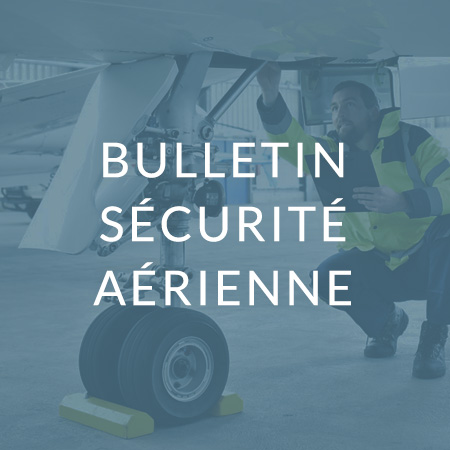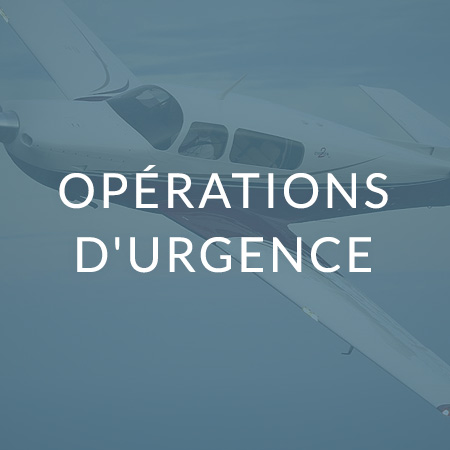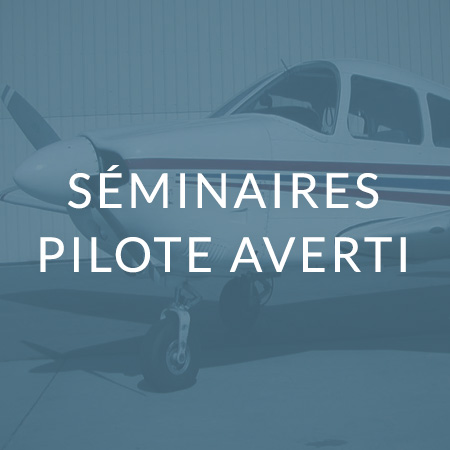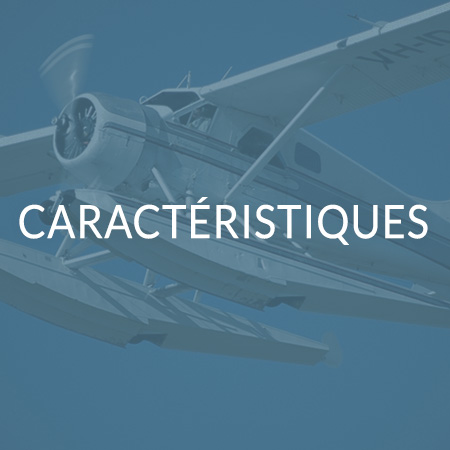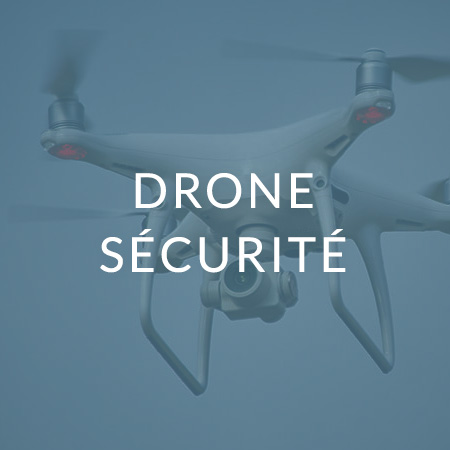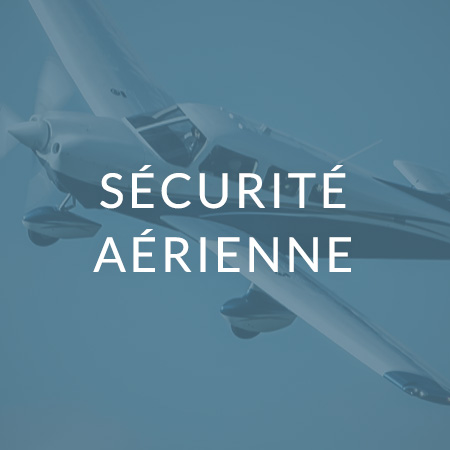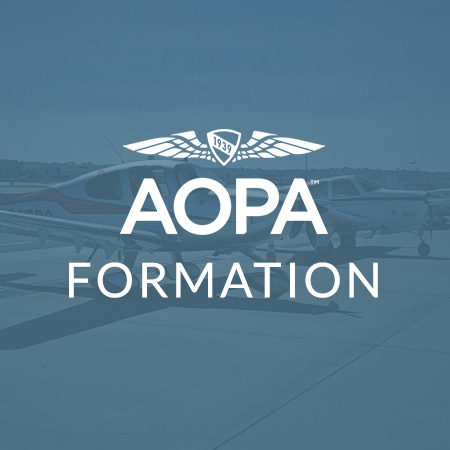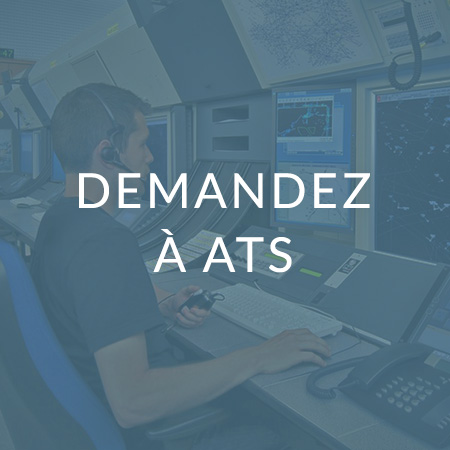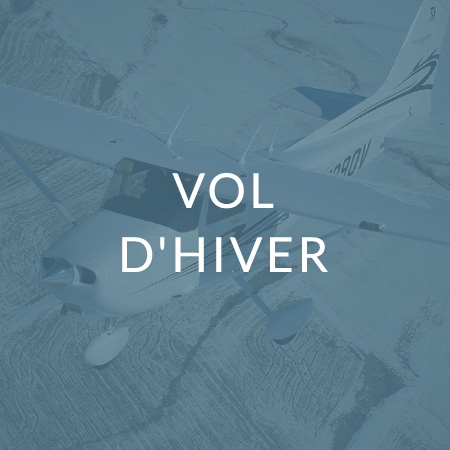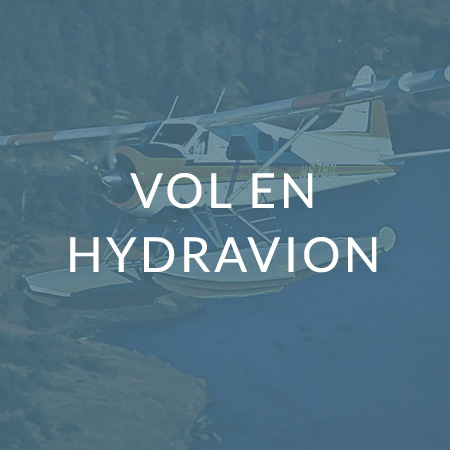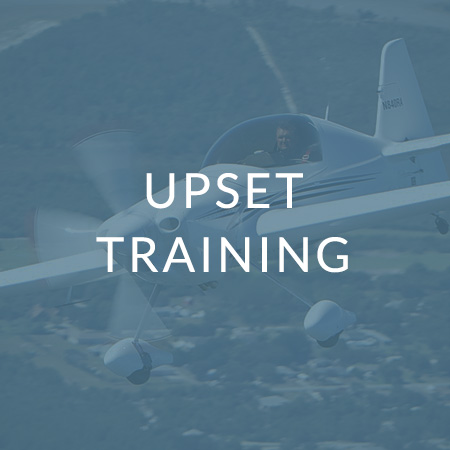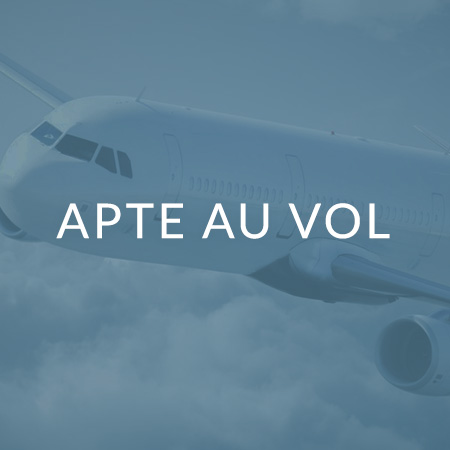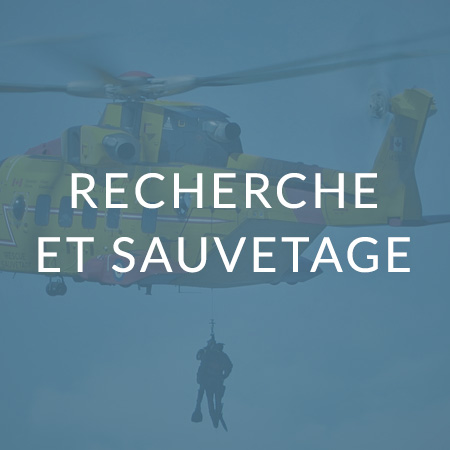VFR into IMC
How long can a pilot who has no instrument training expect to live after they fly into bad weather and lose visual contact with the ground? SmartPilot.ca put that question to the test.
Many pilots have heard the 178 second story. It is based on a study by researchers at the University of Illinois who put twenty student “guinea pigs” into simulated instrument weather. All went into graveyard spirals or rollercoasters with time intervals that ranged from 480 seconds down to 20 seconds. The average time was 178 seconds - just two seconds short of three minutes.
178 Seconds to Live (AOPA)
Radio and flight procedures for landing and departing Non-Tower Aerodromes using ATF and MF.
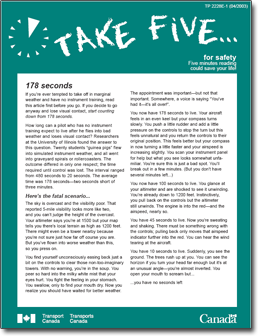 Download Transport Canada Take 5 "178 Seconds"
Download Transport Canada Take 5 "178 Seconds"
Just recently, SmartPilot.ca took 17 Canadian pilots to PrecisePilot’s full motion flight simulator in Vaughan, Ontario to see for ourselves what would happen. All pilots were experienced VFR pilots, some totalling times in excess of 1000 hours however all had very little instrument time.
Check out the results below!
VFR into IMC
Radio and flight procedures for departing a MF Aerodrome.
Lessons Learned
Radio and flight procedures for landing at a MF Aerodrome.
Upset Training
One of the most rewarding aspects of floatplane flying is the unlimited opportunities for exploring our country’s vast number of lakes, rivers and coastal areas.
Introduction
One of the most dangerous and disorienting situations to be in is an aircraft upset.
This sudden, drastic loss of control accounts for over 40% of fatal aviation accidents, out-placing the number two fatal category, controlled flight into terrain, by a 3:1 ratio.
Why the high fatality rate?
Because most aircraft upsets occur near the ground - in situations where pilots have very little time to react, and recover control of their airplane.
Stall and Spin Awareness
Your all-attitude training will likely begin in a classroom. Here you will begin to learn some of the basic aerodynamic concepts that will aid you in your ability to prevent and recover the aircraft in an upset scenario. Your instructor will guide you through - step-by-step - how and why an aircraft behaves the way it does at various points within its flight envelope.
Unusual Attitudes
While stall/spin training can be thought of as angle of attack management, unusual attitude recoveries require acute situational awareness. Stall/spin accidents can be avoided by a solid understanding of aerodynamics - by knowing how an airplane will behave at various phases of flight, and how to stay out of the danger zone.
Stall-Spin on Final
One of the most common upset scenarios a pilot can find themselves in is a stall/spin while turning base to final. Unlike upsets that take place outside of the pilot’s control, such as those caused by wake turbulence, a stall/spin usually happens because of pilot lack of control, or overcontrol.
Roll vs Pull
Although rare, finding yourself in an inverted, nose-low attitude is startling to say the least. Mechanical and wake turbulence are two of the likely causes of an upset of this nature. It is imperative that the pilot get the aircraft back into an upright straight-and-level attitude as quickly as possible to prevent an excessive build-up of airspeed and loss of altitude. As the upset often occurs low to the ground, a quick reaction is necessary to prevent the aircraft from impacting the ground.
Float Planes
One of the most rewarding aspects of floatplane flying is the unlimited opportunities for exploring our country’s vast number of lakes, rivers and coastal areas.
Pre-Flight and Passenger Briefing
Although pre-flighting a floatplane is similar to a land plane, there are important elements that require special attention.
In this video you will learn the preflight checklist and passenger briefing steps that are critical to safe floatplane operation.
Beaching
One of the most rewarding aspects of floatplane flying is the unlimited opportunities for exploring our country’s vast number of lakes, rivers and coastal areas. However, most of the time when you fly away from developed areas, there will not be a dock available, so you will have to know how to safely beach your aircraft.
In this video you will learn the basic techniques on how to prepare for and beach your floatplane, in on shore and offshore wind conditions.
Lessons Learned
St. Clair McColl a veteran floatplane pilot and founder of SaltSpring Air operating out of SaltSpring Island BC recalls some incidents early in his aviation career and the important lessons he learned.
Moving Water Introduction
For many pilots, float check outs are carried out on calm water where students can concentrate on learning the basic float flying skills.
But with the check out in hand, the pilot is now free to explore all the waterways that are open to float operations. And just like any kind of flying, new places often have new challenges that might not have been encountered before. Such is the case when operating in areas that have tides or strong currents.
Moving Water and Docking
If you have correctly set up your approach you should be able to step, not jump from the float, and will have a docking line in your hand ready to secure your aircraft to the dock. Keep in mind. It is very difficult to hold an airplane against an offshore breeze or strong current.

Back to Basics - Content Review





